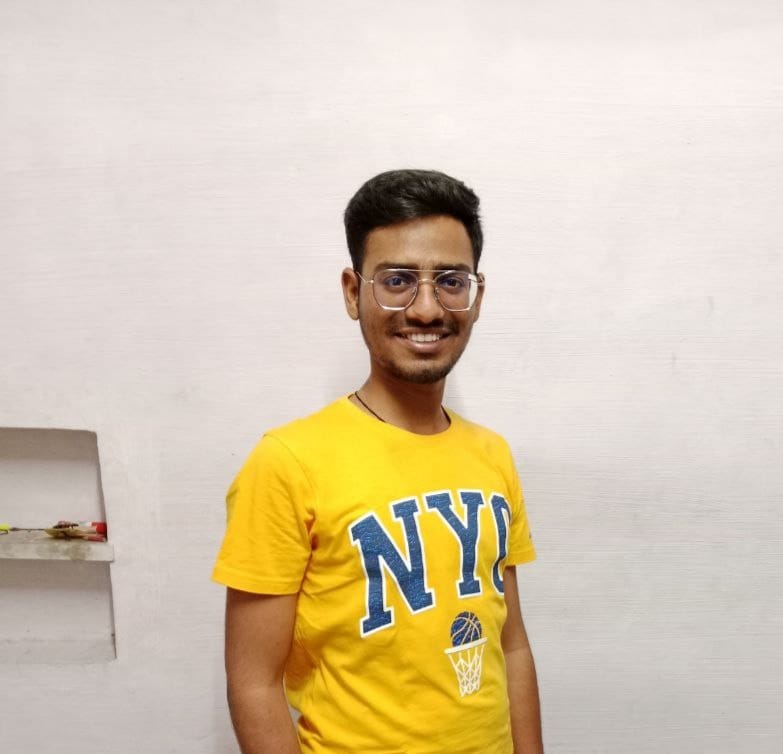Demystifying Maps: Understanding Mapping Libraries and Tile Providers
 Abhishek Porwal
Abhishek PorwalWhen navigating through map applications like Google Maps, Bing Maps or Mapbox, we encounter a familiar structure. Although these platforms may appear distinct, they all rely on a fundamental concept: maps are constructed using chunks of images or views known as tiles.
Creating a map for your website or application typically involves two essential components:
Mapping Library: This software framework enables you to display and interact with maps on your website. Examples include Google Maps, Leaflet, and OpenLayers.
Tiles Provider: These are the images or views that constitute the map. They are provided by various services such as Google Maps, OpenStreetMap, and Mapbox. Two formats are commonly provided by all tile providers:
Raster Tiles: These are static generated images provided by the tile provider service, requiring more server processing.
Vector Tiles: These tiles are not pre-generated on the server; instead, the view is created on the client machine. The rendering speed of the map depends on the client machine's capabilities, and it requires support for webGL.
While some mapping libraries, like Google Maps, offer both the mapping library and access to tiles, they may come with subscription fees. However, there are cost-effective alternatives available:
You can opt for a free-to-use mapping library like Leaflet or OpenLayers, which provide flexibility and customization options (like you can customize marker, infoWidnow etc). Leaflet, for example, is renowned for its ability to access tiles from various providers. Although it defaults to using tiles from OpenStreetMap, it can be configured to work with other providers as well.
In conclusion, understanding the relationship between mapping libraries and tile providers is crucial when building maps for your web projects. This knowledge helps you choose the right tools for your needs, striking a balance between functionality and cost-effectiveness.
Subscribe to my newsletter
Read articles from Abhishek Porwal directly inside your inbox. Subscribe to the newsletter, and don't miss out.
Written by

Abhishek Porwal
Abhishek Porwal
Passionate Frontend Developer with over 2.5 years of experience specializing in creating dynamic, responsive, and user-friendly web applications using React.js. While my primary focus is on front-end development, I have a foundational understanding of the full MERN stack, including MongoDB, Express.js, and Node.js. Committed to continuous learning and staying updated with the latest technologies, I thrive on bringing innovative ideas to life and delivering high-quality, scalable solutions. Let's connect and share knowledge on Hashnode!